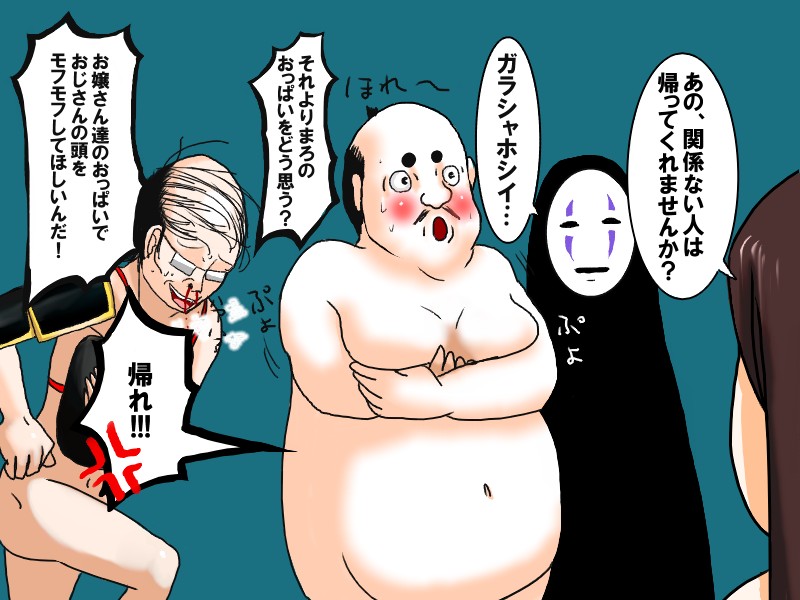

To be fair, Lockheed Martin just announced that 2022 would be a relatively weak year, with sales dropping slightly from 2021 levels. And that helps create a clear path for future profits. But the really exciting thing here is that they support a nearly $135 billion backlog of work. These are massive government programs that have very long lives, and are just a small sample of the products and services that Lockheed Martin offers. It has its fingers in just about every aspect of the defense sector, playing key roles in major long-term projects like the F-35 Joint Strike Fighter, Patriot Missiles, and Trident II Ballistic Missiles. It has four main divisions: aeronautics (about 40% of sales), rotary and mission systems (25%), space (18%), and missiles and fire control (17%). Lockheed Martin, with a $95 billion market cap, is one of the largest aerospace and defense companies on the planet. Here's a quick look at each company and the subtle but important differences between them.

With world peace nowhere on the horizon, investors looking for long-term investments will probably like giant defense names such as Lockheed Martin ( NYSE:LMT), Northrop Grumman ( NYSE:NOC), and General Dynamics ( NYSE:GD). Like it or not, that means buying the weapons and services provided by defense companies. Protecting the sovereignty of a nation isn't something that happens by itself countries need to have the machinery and technology to actually defend themselves.


 0 kommentar(er)
0 kommentar(er)
